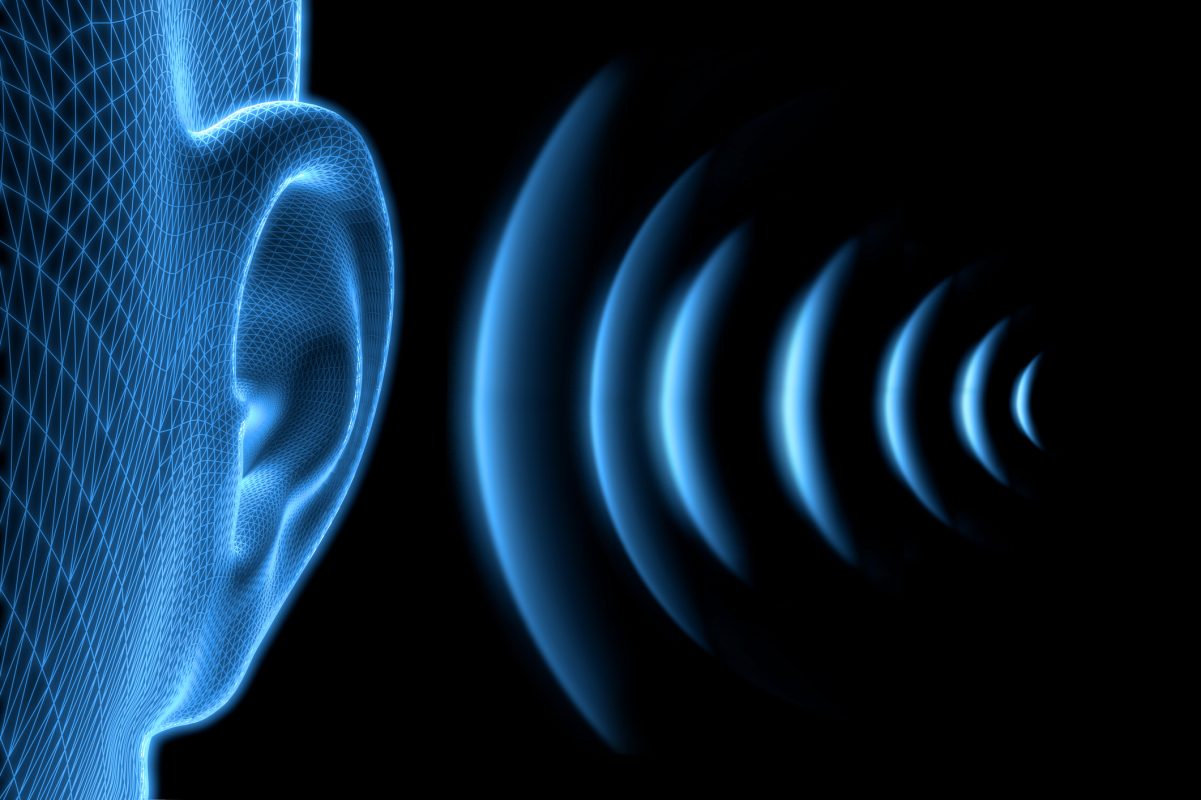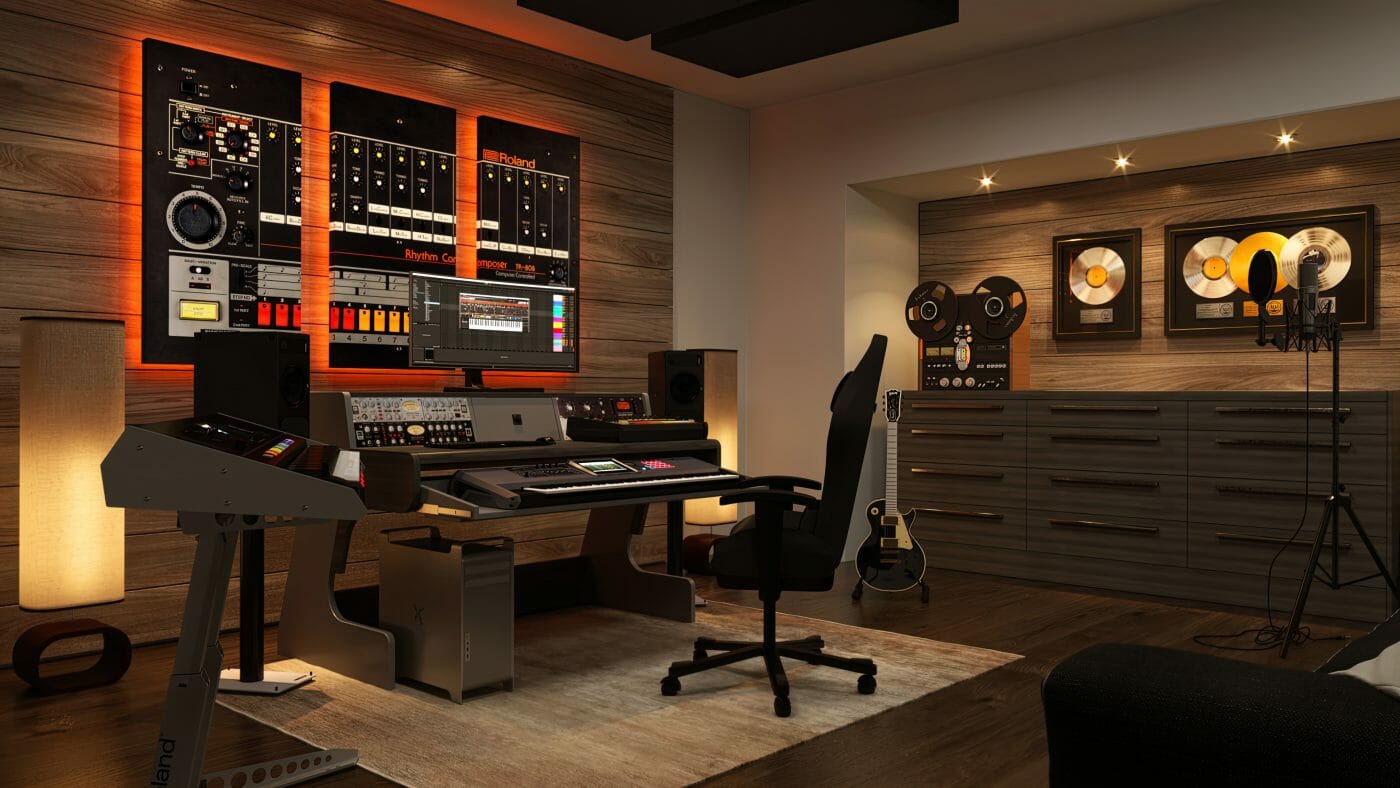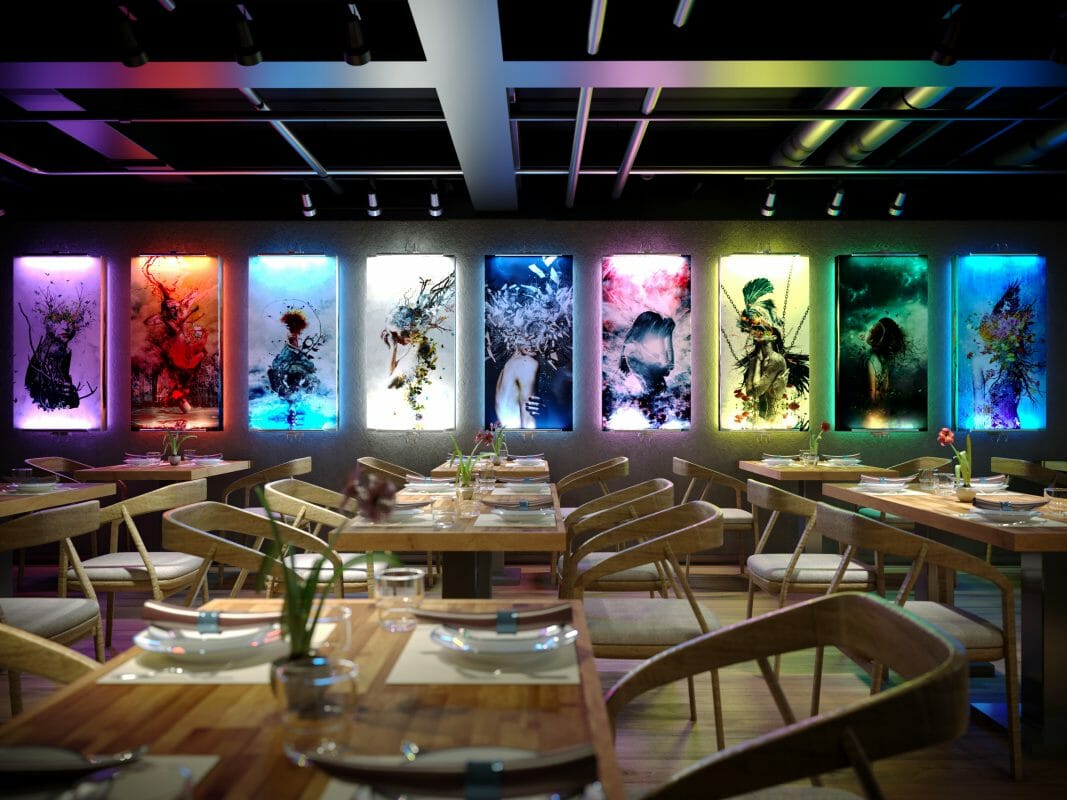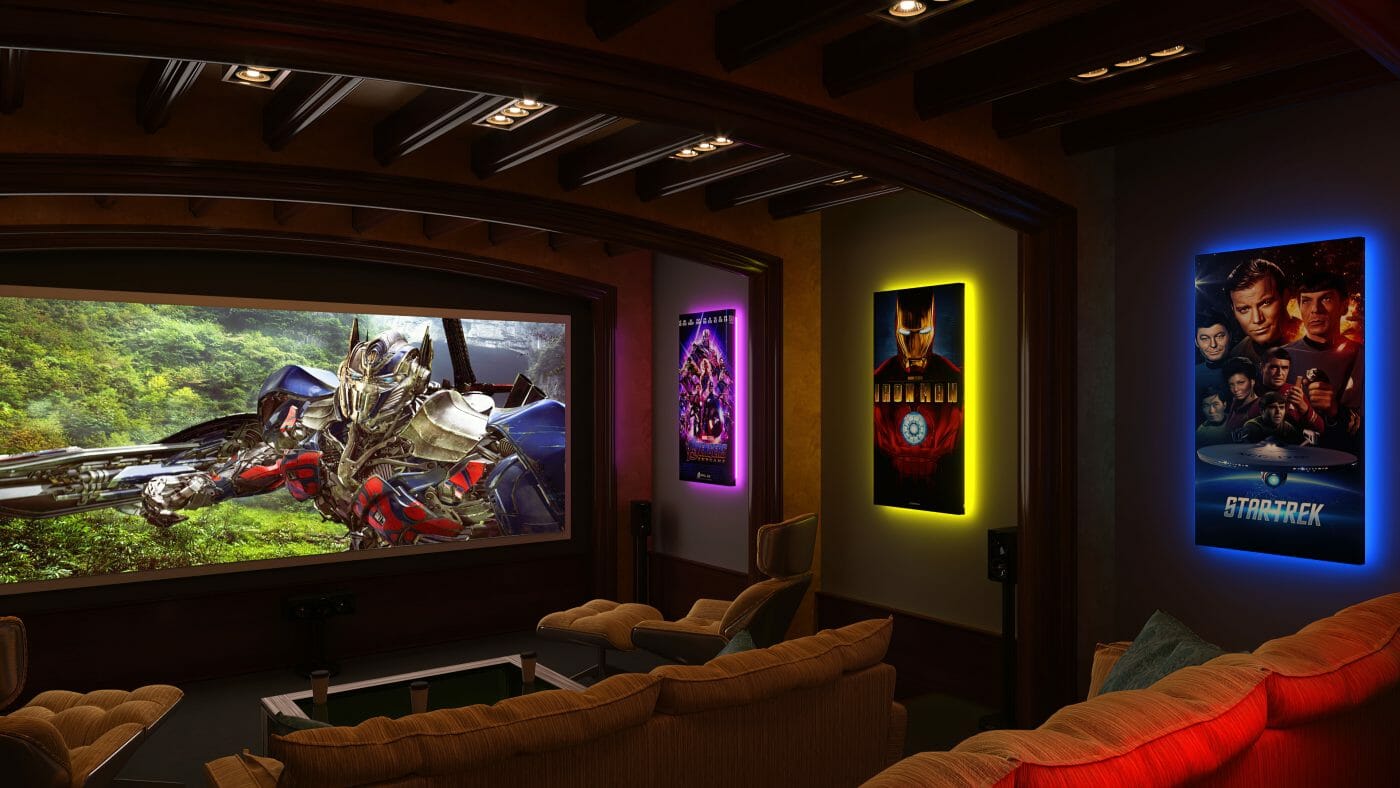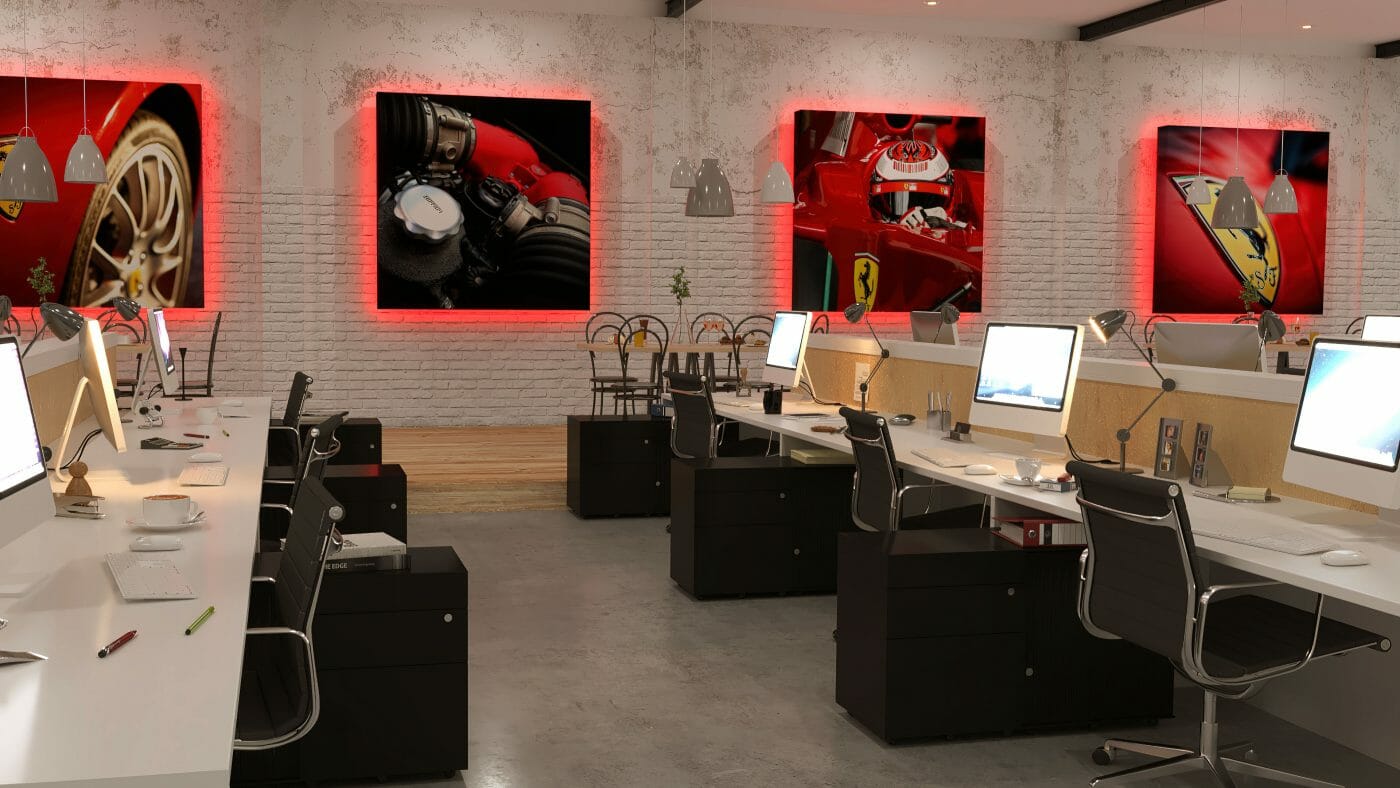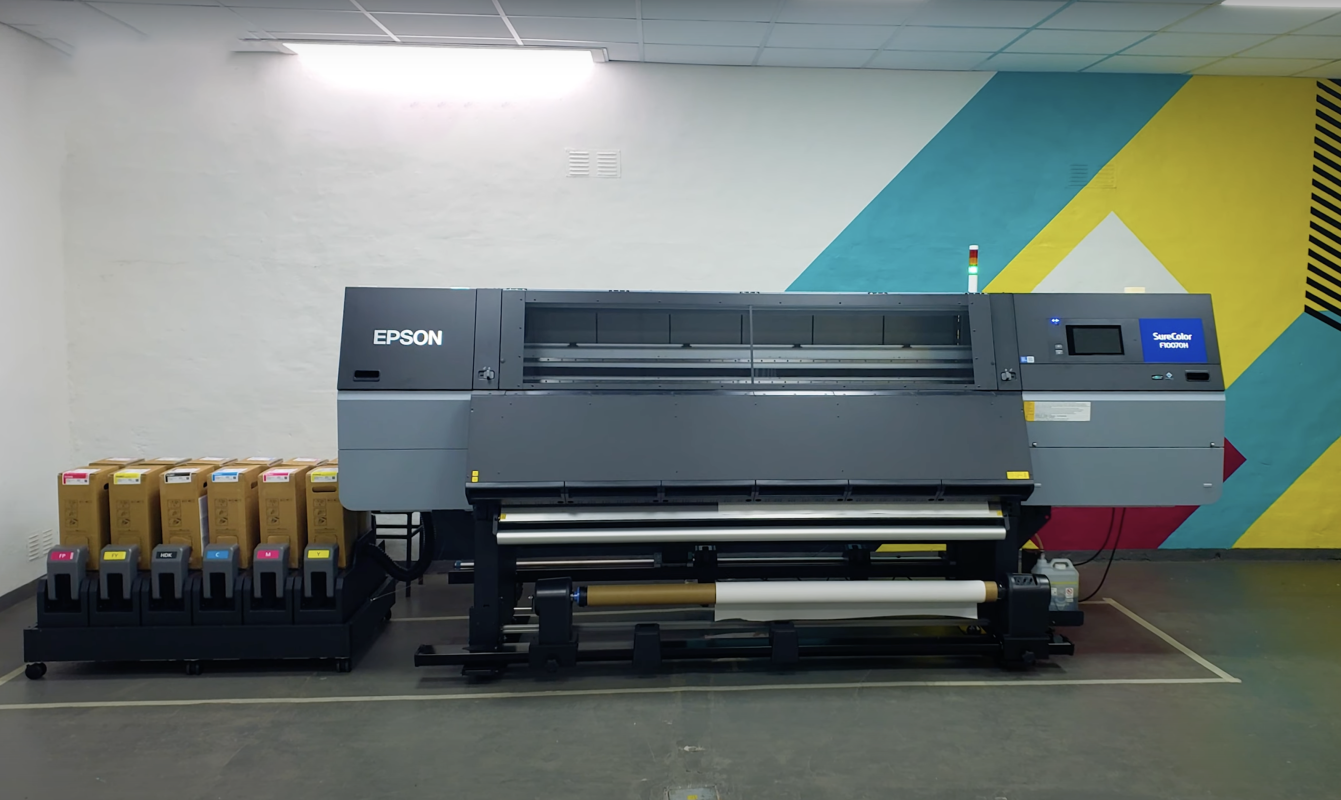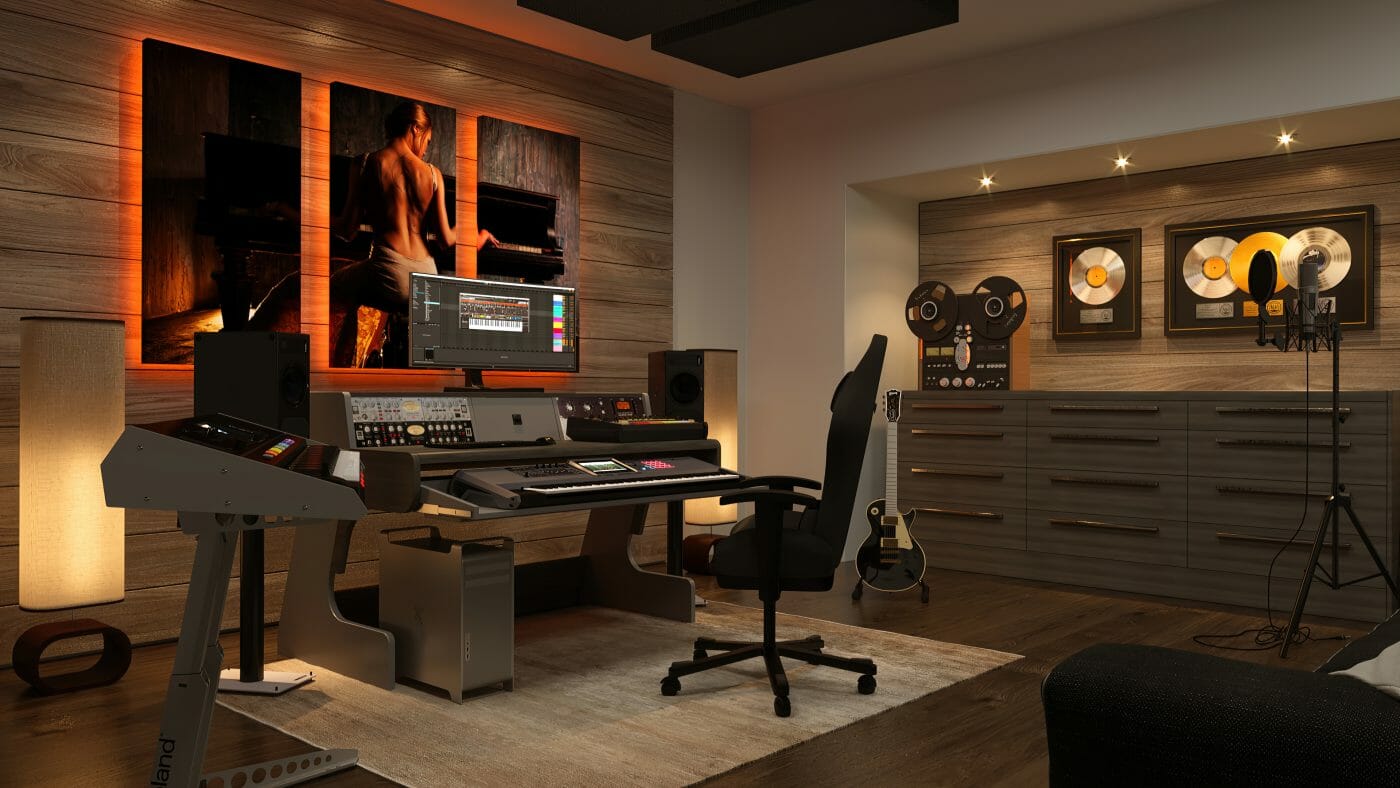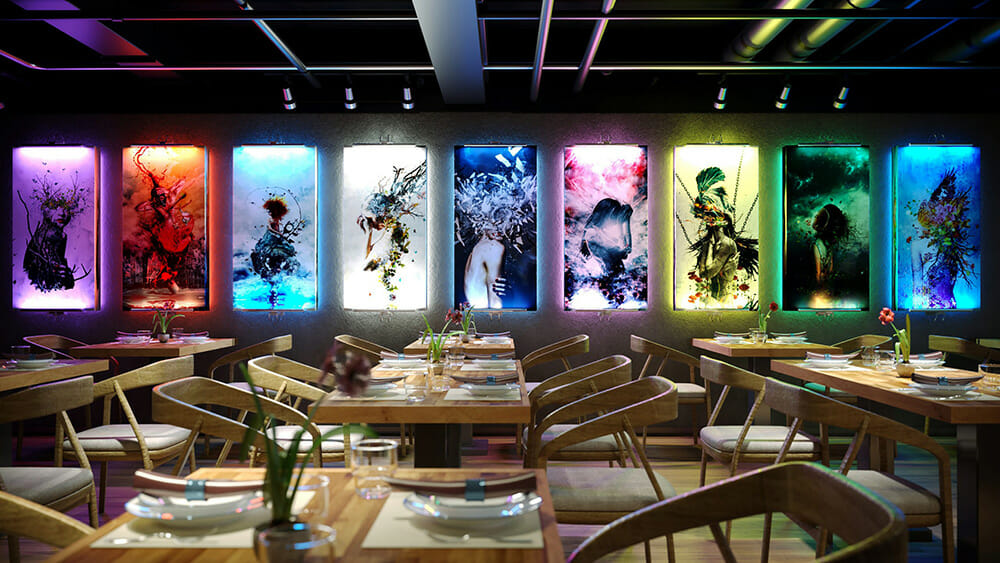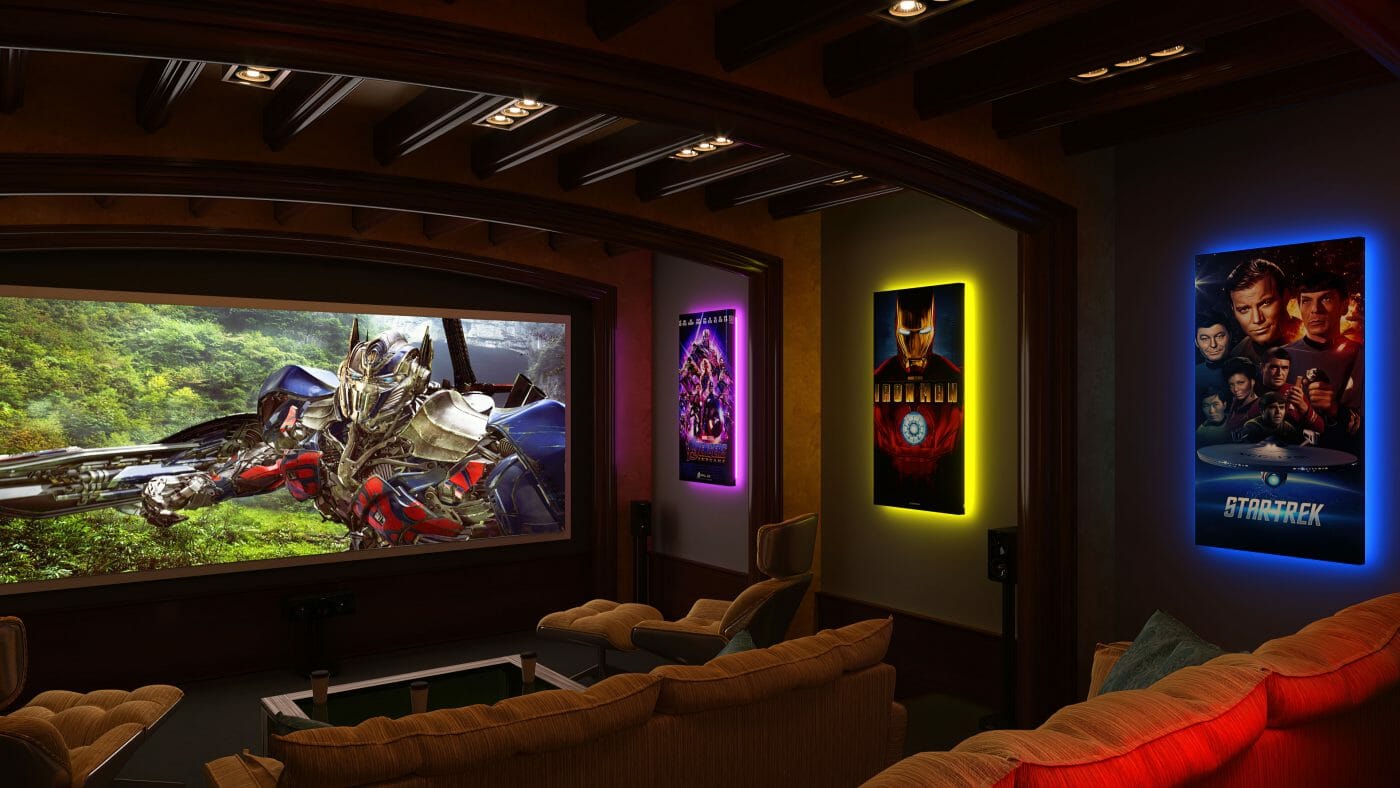Acoustics in a room are the result of complex interactions between sound waves and the physical properties of the space. When a sound is produced within a room, it generates pressure waves that travel through the air and bounce off the various surfaces within the room, including walls, ceilings, and floors. These waves then undergo processes such as reflection, absorption, and diffusion, which determine the overall sound quality and character of the space. The size, shape, and materials of the room, as well as the placement of objects and furniture, all play a crucial role in shaping the acoustics. Through careful design and acoustical treatment, it is possible to control and optimize the sound within a room, whether for creating a concert hall with exceptional clarity or a quiet, peaceful environment for concentrated work or relaxation.
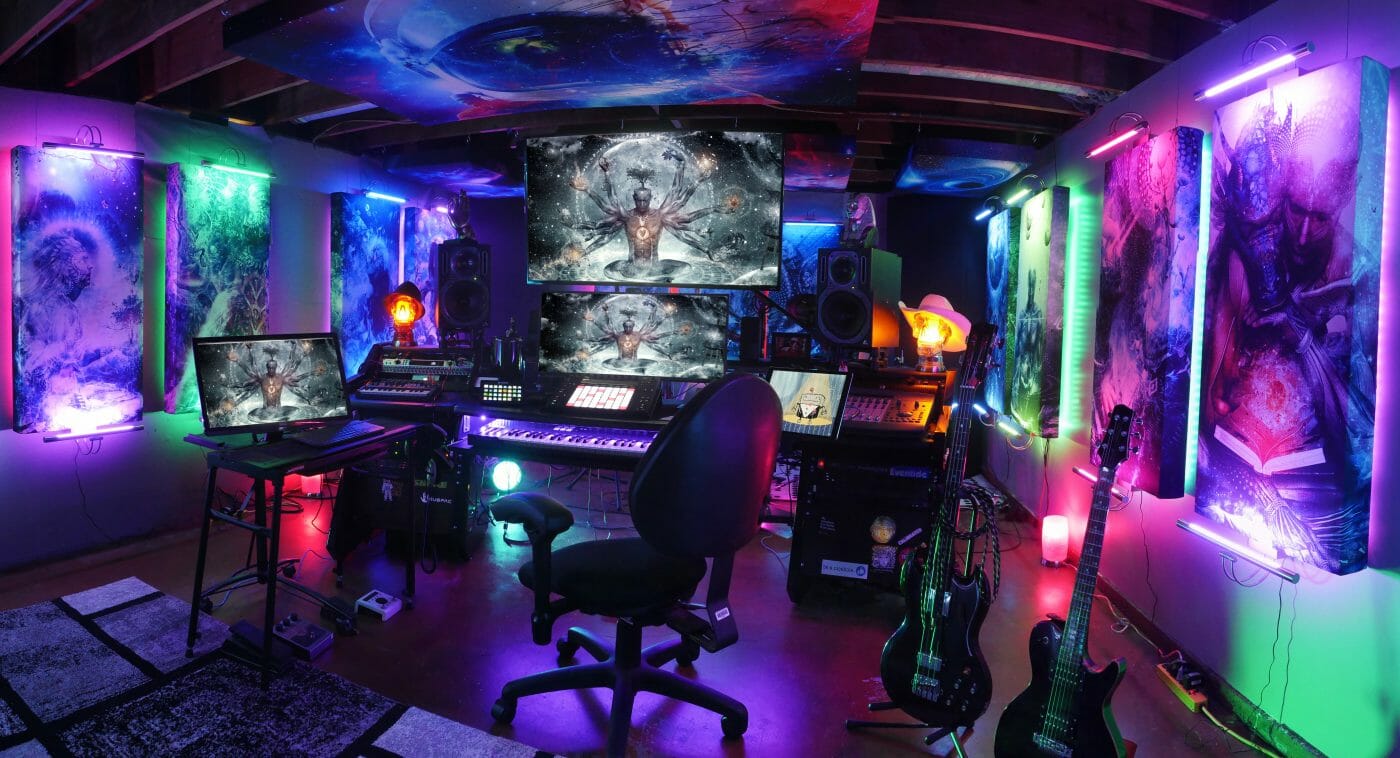

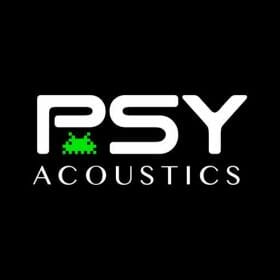 PSY Acoustics Pro Line
PSY Acoustics Pro Line Portrait Panels (2′ x 4′)
Portrait Panels (2′ x 4′) Landscape Panels (2′ x 4′)
Landscape Panels (2′ x 4′)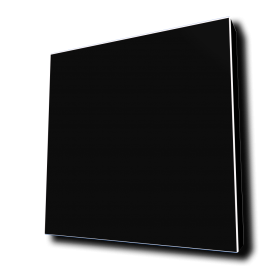 Square Panels (2′ x 2′ / 3′ x 3′ / 4′ x 4′)
Square Panels (2′ x 2′ / 3′ x 3′ / 4′ x 4′)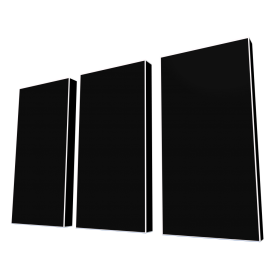 Cascade Portrait Panels (6′ x 4′)
Cascade Portrait Panels (6′ x 4′)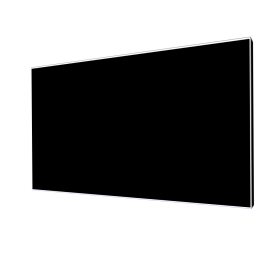 Ceiling Clouds (72″ x 40″ x 4″)
Ceiling Clouds (72″ x 40″ x 4″) Custom Panels
Custom Panels Prints (2′ x 4′) – Fabric Only
Prints (2′ x 4′) – Fabric Only Au5
Au5 Ilio
Ilio Jordan Rudess
Jordan Rudess Justin Vibes
Justin Vibes Kali Audio
Kali Audio Karra
Karra Libra Rising Music
Libra Rising Music MIDIhead
MIDIhead Neon Vines
Neon Vines School Of Rock
School Of Rock Tritonal
Tritonal 2k Games
2k Games Andy Lunique
Andy Lunique Bungie
Bungie Burke Black
Burke Black Delrith
Delrith Epic Games
Epic Games FG Tee V
FG Tee V Fightin’ Cowboy
Fightin’ Cowboy Gearbox Software
Gearbox Software Imperial Hal
Imperial Hal Oddworld Inhabitants
Oddworld Inhabitants Probably Monsters
Probably Monsters Striking Distance Studios
Striking Distance Studios Benn Jordan
Benn Jordan Chef PK
Chef PK Full Court Pumps
Full Court Pumps Priyon Joni
Priyon Joni Red Means Recording
Red Means Recording Reid Stefan
Reid Stefan Stacey Roy
Stacey Roy Venus Theory
Venus Theory
